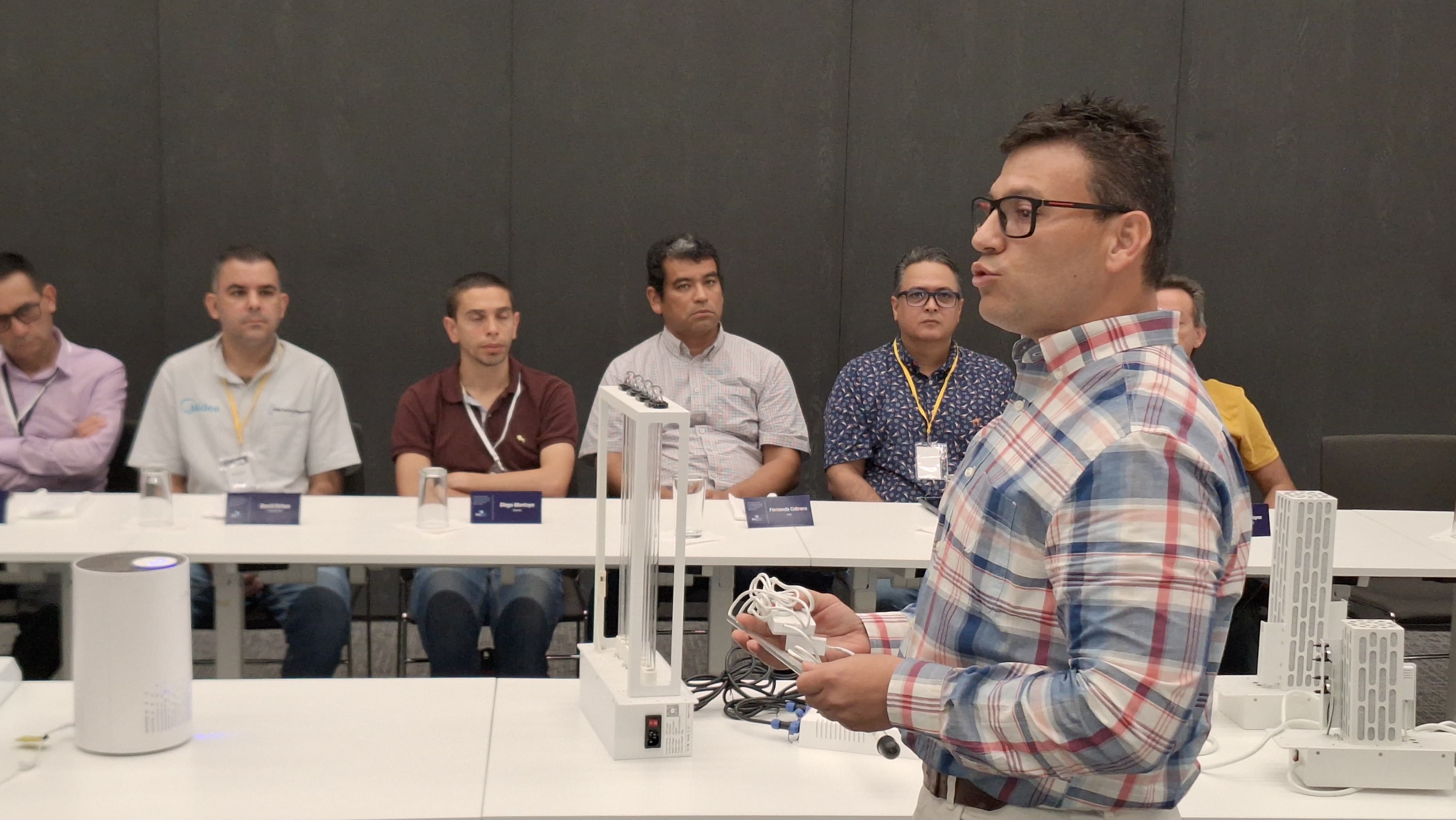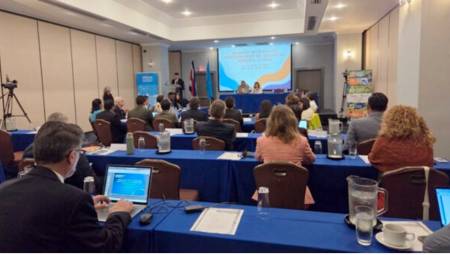Colombia. ACR Latinoamerica was present at the meeting 'Air engineering from an innovative perspective', which was organized by the company EcoVivir in the Colombian city of Medellín.
There, we had the opportunity to talk with Saúl Campuzano, manager of Ecovivir, who spoke about the company's plans, the innovative technological proposal of its Fix Air Hybrid solution and the initiatives it has planned to provide added value to integrators and end users.
How did the idea of holding this event come about?
S.C.: It came about because we want to institutionalize this type of event and share with our clients what our true scope is. At EcoVivir we not only develop solutions for indoor air quality, but also for outdoor air quality and these meetings make our stakeholders find out what we are doing and what they can expect when they choose us as their technology provider.

Which people or segments of the public were summoned?
S.C.: Today we are with integrators who are ultimately our very important customers. They are a qualified audience and we want them to be the first to access our benefits; Ask us for an offer and when they have the solution in their email, they really know what we are talking about and what the advantages are.

How do different types of technology interact in a solution like Fix Air Hybrid?
S.C.: Bipolar ionization, photocatalysis and ultraviolet light are alternatives that are all efficient on their own. However, the question always arises about which one is better to use. So, with the Fix Air brand, we created hybrid devices that have all three technologies, generating all three effects and ensuring optimal air purification with a single device.

How scalable is this hybrid model?
S.C.: We have three sizes and each of them is scalable. Basically, the size allows us to place them inside the air ducts. If there are small ducts, we install the S size, which is the smallest piece of equipment. Otherwise, size M or L. However, when we have a larger capacity, we can implement the equipment in series so that the purification capacity increases.
How receptive has this proposal been in the market?
S.C.: Actually, we are still making offers to integrators, who eventually ask you for ionization but in some cases they don't ask for photocatalysis or vice versa. Now, we are making the transition with this team and offering all the technologies together, thanks to which we have had a good acceptance, despite the fact that we have been with this reference for a very short time.
How does EcoVivir plan to bring the benefits that integrators now enjoy to end users as well?
S.C.: Since we also handle extraction systems and grease filters, we are really looking for benefits that can support end-user integrators. That is why we are holding these kinds of events, to let them know about a series of benefits such as cashback, training and extended warranty that we have for them. Then, the end user is the one who really benefits from receiving well-designed and effective technological solutions.
Can you tell us about EcoVivir's other current projects?
S.C.: We have made a great effort on the issue of extractions in Colombia. It has been to change the mindset of users in the sense that extractions can and should be done well. Poor extraction can lead to disaster. In the United States, a large portion of real estate fires originate in the kitchen. That is why we work to change the concept of extractions by developing alternatives and showing them that they work well, hand in hand with integrators and companies in the sector.















